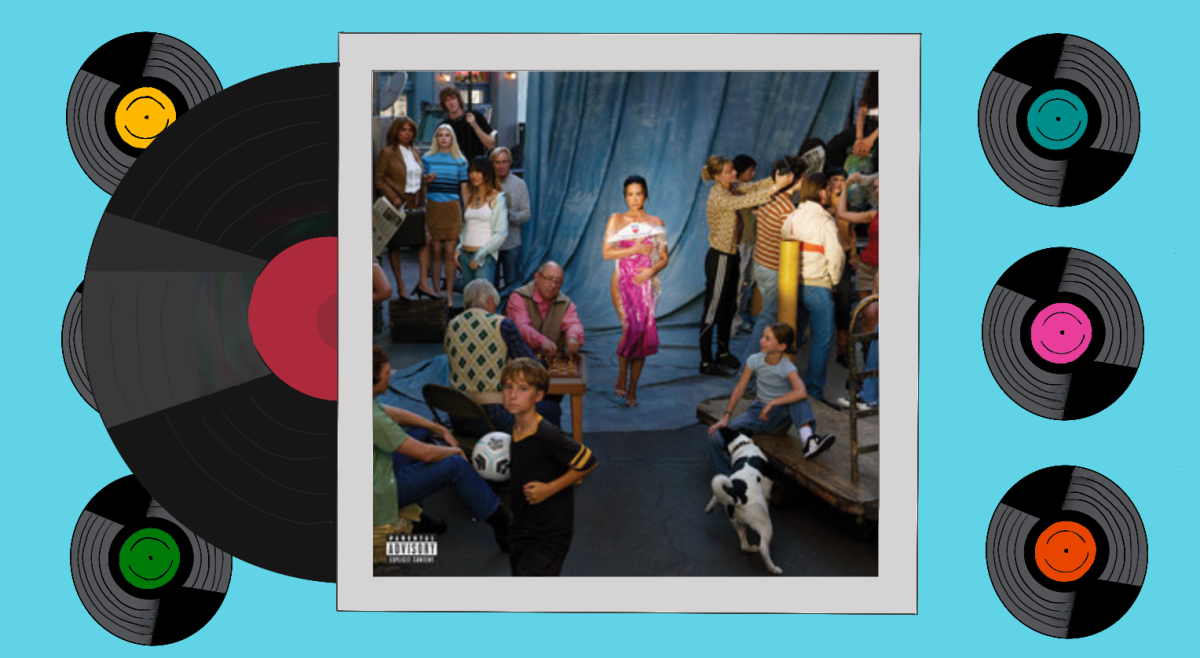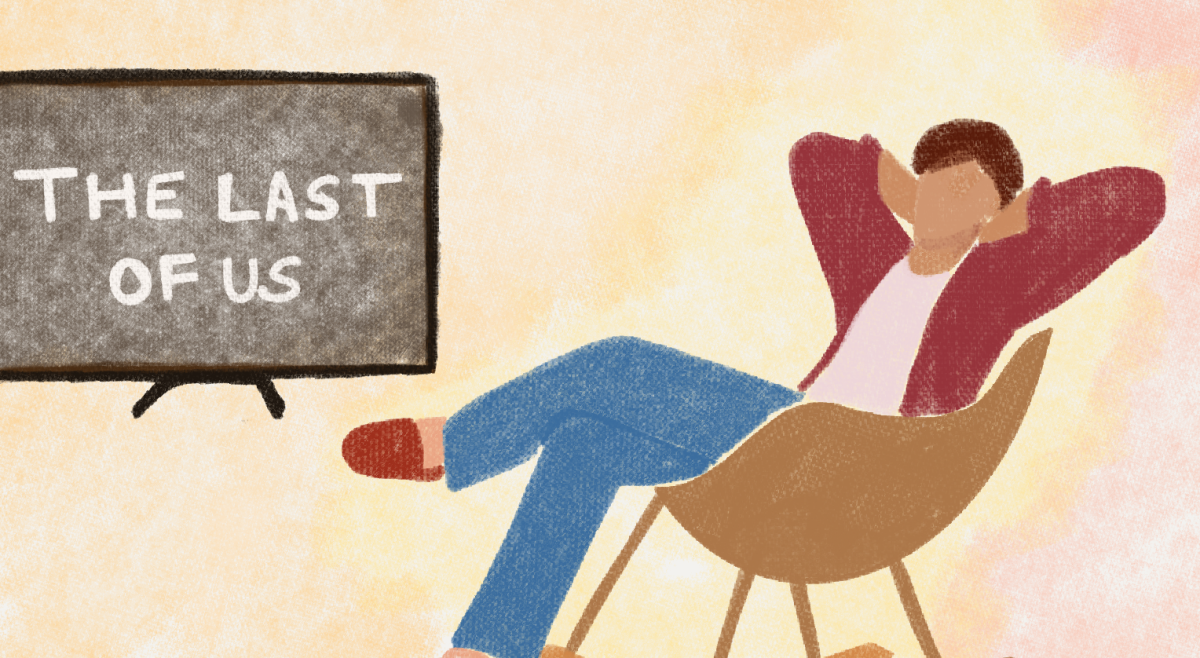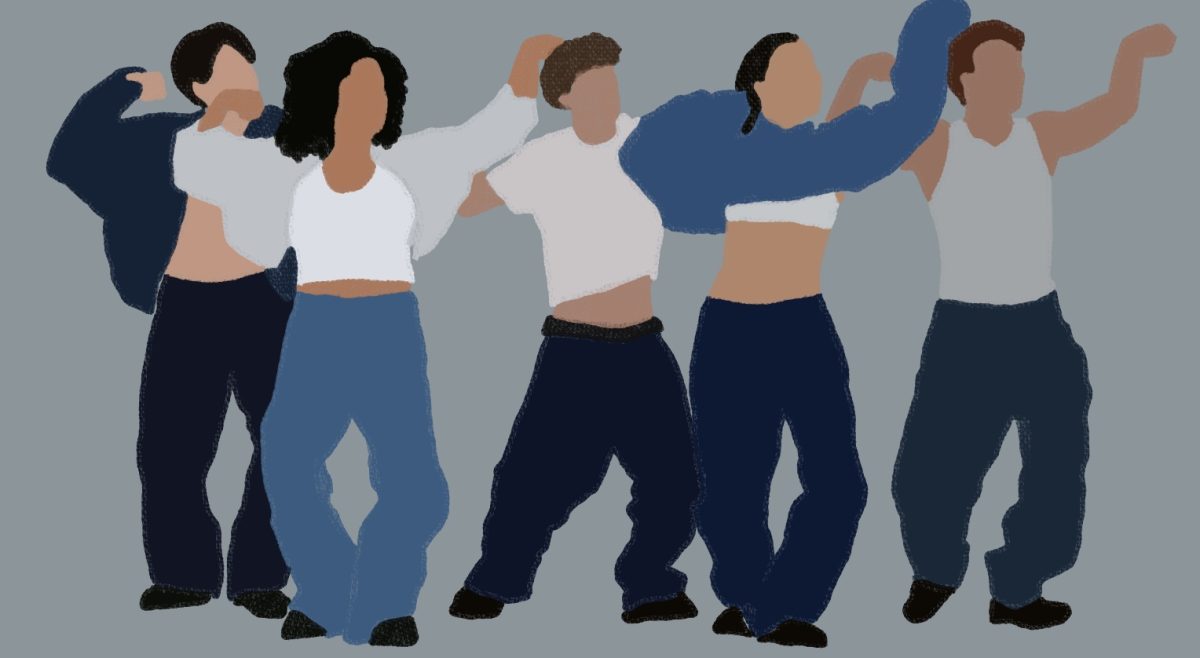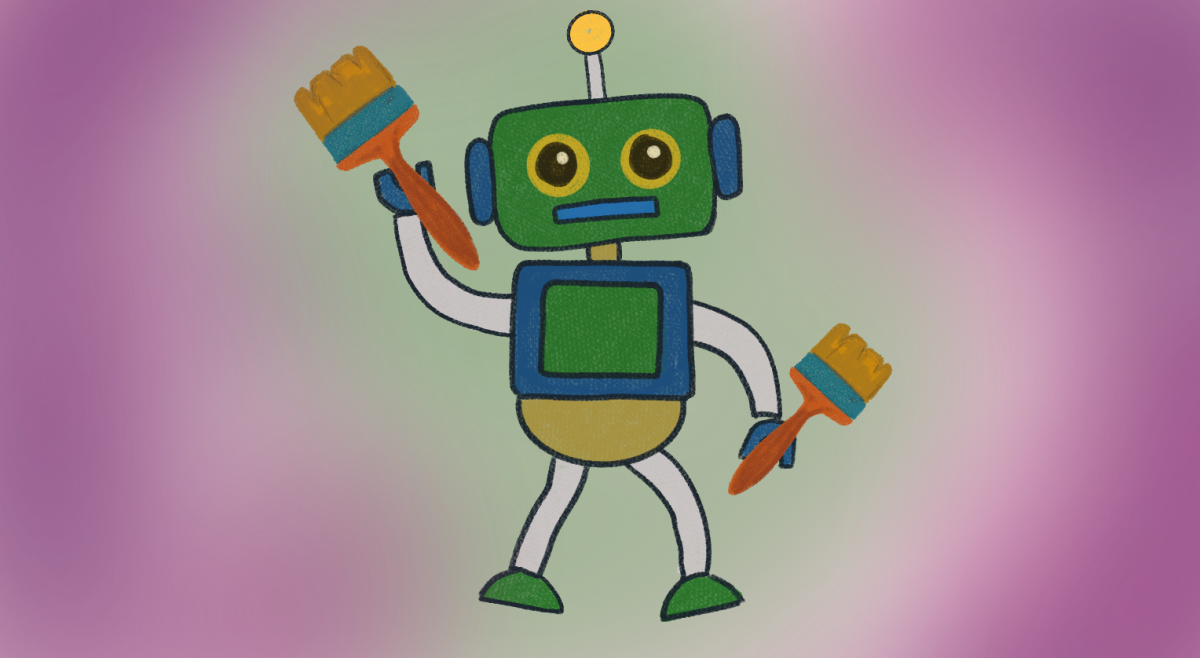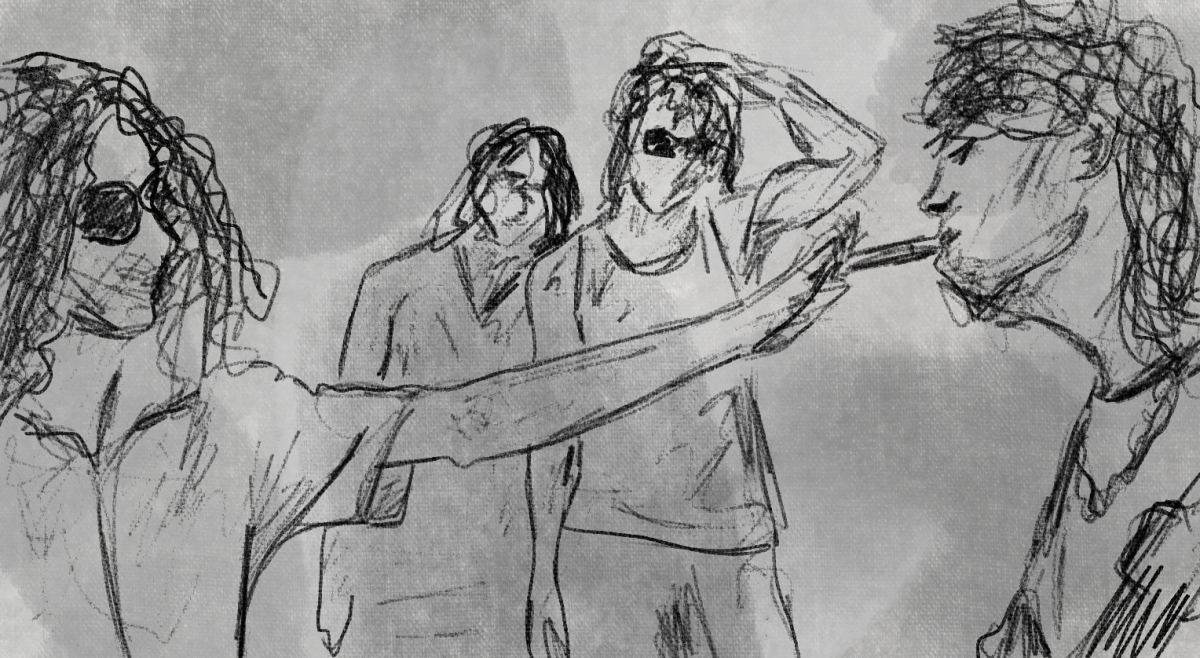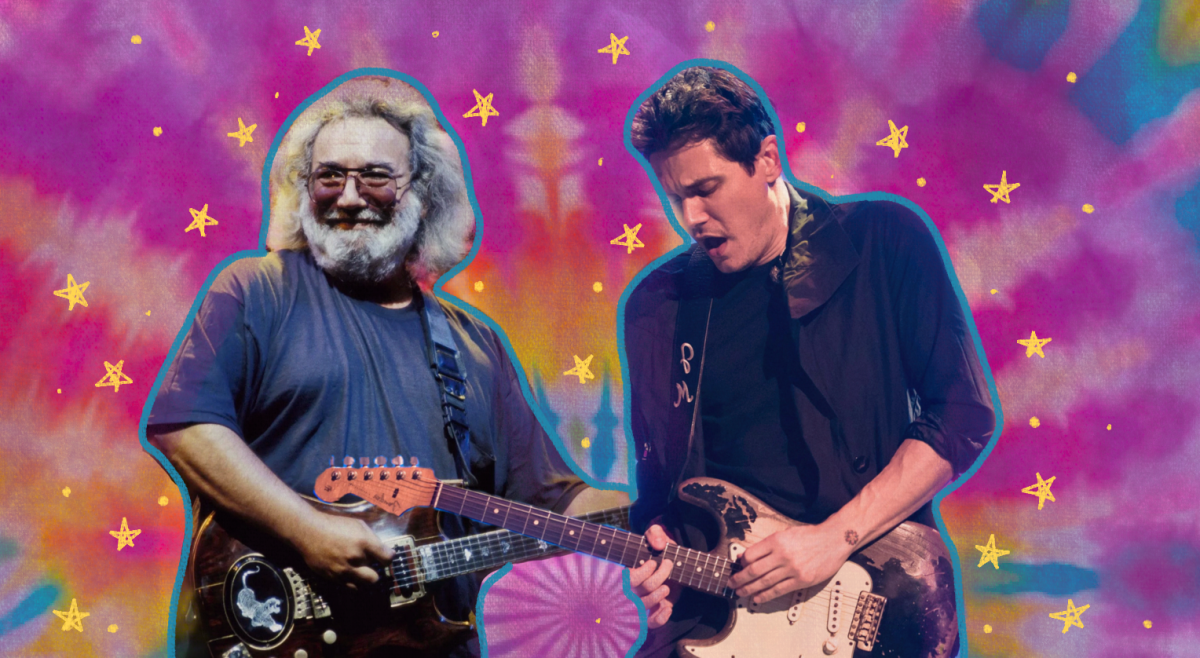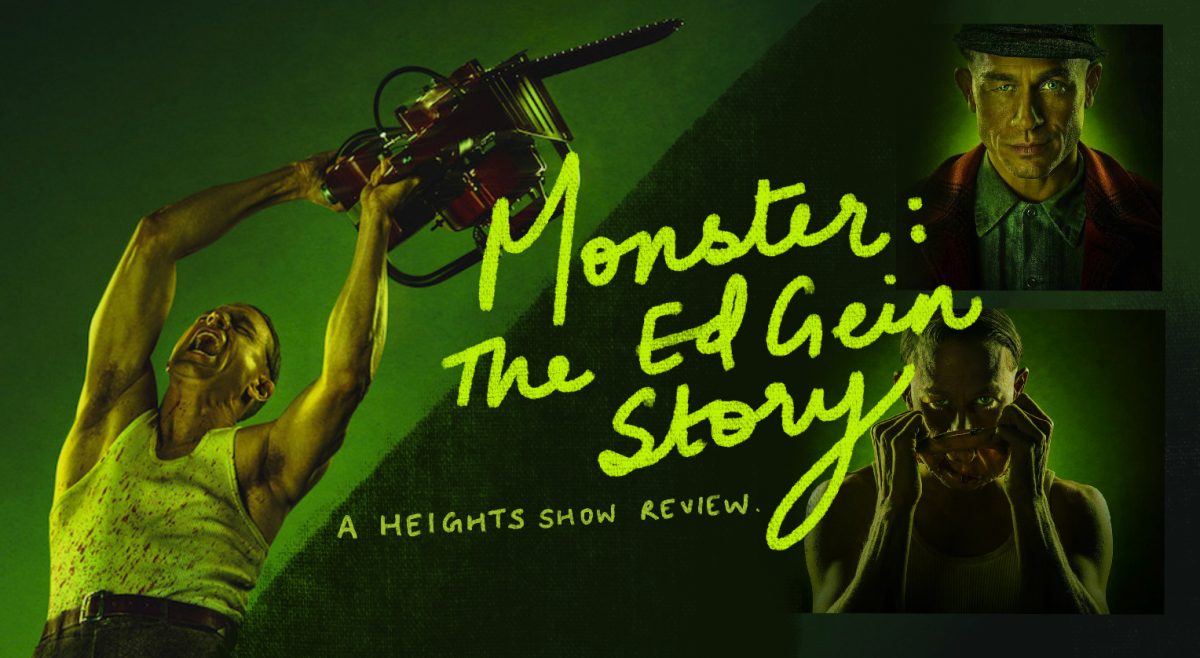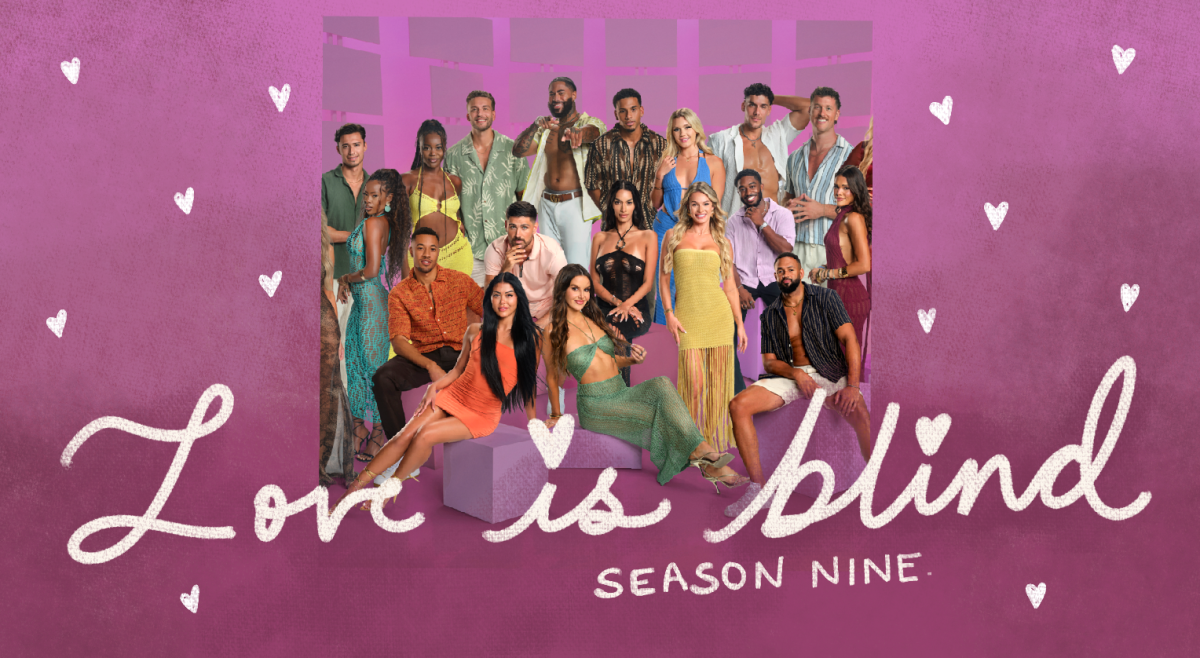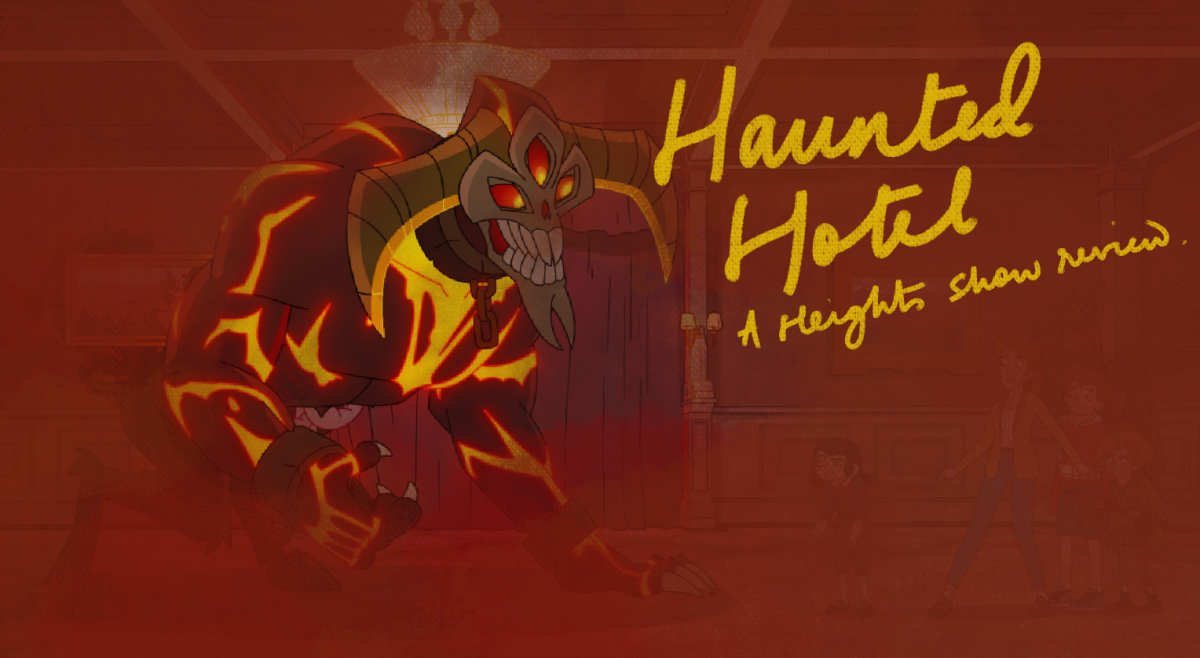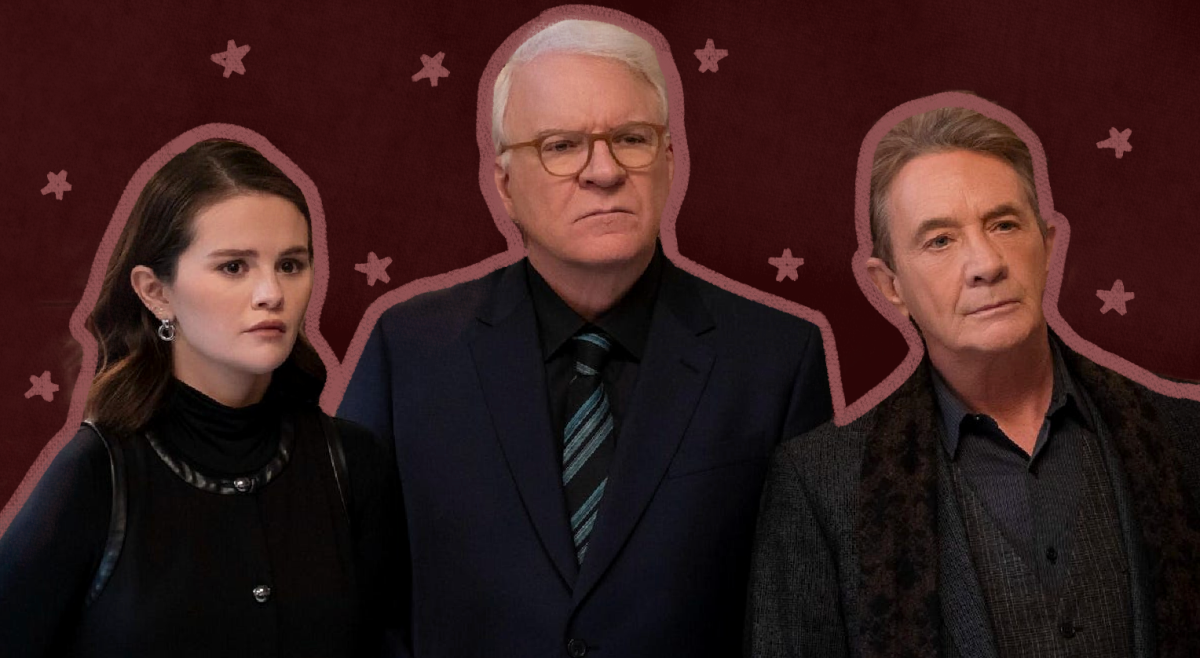In a TV landscape that hangs delicately on viewership numbers, keeping up the quality and production value of a show comes into play even after it is already on the air. In recent years, audiences have been witnesses to the quick rises and falls of many series. Often times their stints on the small screen were not even long enough to warrant giving their stories closure or a conclusion.
But in the advent of the streaming age, some series have been given a second chance. Plucked from the neglectful hands of their mother networks, series like The Mindy Project have been embraced by the digital medium. The streaming services have been charitable in this respect, as they often pick up programs that may not have the objective numbers to succeed, but maintain healthy and passionate followings. Were it not for services like Hulu, fans of The Mindy Project would be out of a show that had fun poking at the social fabric of the workplace and speaking insightfully on a wide variety of issues. More importantly, the fans, who were loyal throughout the first three seasons on Fox, would have been left in the dark, not knowing where the characters they invested in may have ended up. Streaming services offer a solution to what can be a heartbreaking problem for viewers.
https://www.youtube.com/watch?v=_uwanee-lS4
Services like Hulu, Netflix, Amazon Video and even YouTube used to be the place that content could go and have a second life. Series could still be enjoyed long after their original air dates. Until recently, streaming only housed the potential to kickstart dead series, much like the DVD aftermarket. As in the case of Family Guy, revival was only a possibility after unprecedented sales and serious fan demand. However, the utility and accessibility of these online services greatly enhanced this notion of revival across the digital realm. Steaming could not only house the programs after their time, but during their initial diffusion.
One of the major milestones of online streaming of original content came in 2013 when Arrested Development was picked up by Netflix for a fourth season. Though it garnered low ratings and viewership on Fox, it nonetheless found a unique group of followers who were disheartened at its discontinuation. When Netflix picked it up, it was unhindered by the same kinds of financial stakes. Though Netflix needed to house new content that could draw more people to their subscription service, the company could take more of a risk in making their own content and building off of smaller markets. Though Arrested Development may appeal to a few, those who are interested are so passionate that they may be drawn into Netflix’s grasp for that one program. These kind of fandoms are widespread and offer niche markets that can, when taken together, be quite profitable. As a cable box program, however, Fox was in a tough spot and couldn’t feed a few passionate fans when there are only 24 hours of airtime per day.
The Mindy Project was in a similar spot. For the first three seasons, it made respectable numbers on the charts and were critical successes—by the third season, its viewership was dropping, Fox pulled the plug. Hulu made the easy choice to swoop in and claim another 2 million viewers for its services and added another respectable program to its libraries. Allowing The Mindy Project more time to continue on its unique comedic route was a convenient aside. Streaming services offer a solution to the problem—a problem they created.
Though streaming services may seem the savior of these smaller market programs, in reality, they are partly responsible for their being dropped in the first place. Increased accessibility to content has lead to the sharp increase of people cutting out their cable boxes over the past five years. With smaller viewership, TV companies must find something to cling to in order to remain competitive in their timeslot. And this means dumping dead weight.
And Hulu, Netflix, Amazon Video, and YouTube are no longer content with picking up the scraps of TV networks and are now producing their own original content. The appeal of television seems to fade when one has to factor in timeslots, commercials, and canceled shows altogether. Firefly fans sure understand that last one. In the meantime, Hand of God, Daredevil, and Deadbeat are ready to enjoy at the leisure of the viewer at any time, for all time. All of this creates a funnel that not only steals the viewers away from their TV sets, but the content they would have been watching as well.
Similar to the plight of film, the traditional style of TV programming is dying. It can no longer attract people the way it used to. The convenience of online streaming services makes for a more diverse landscape able to accommodate the tastes of many different people. At the same time it localizes content to one place. It is a perplexing notion that we have more variety and choice, though the variety and choice all comes from the same place.
Featured Image by Fox



